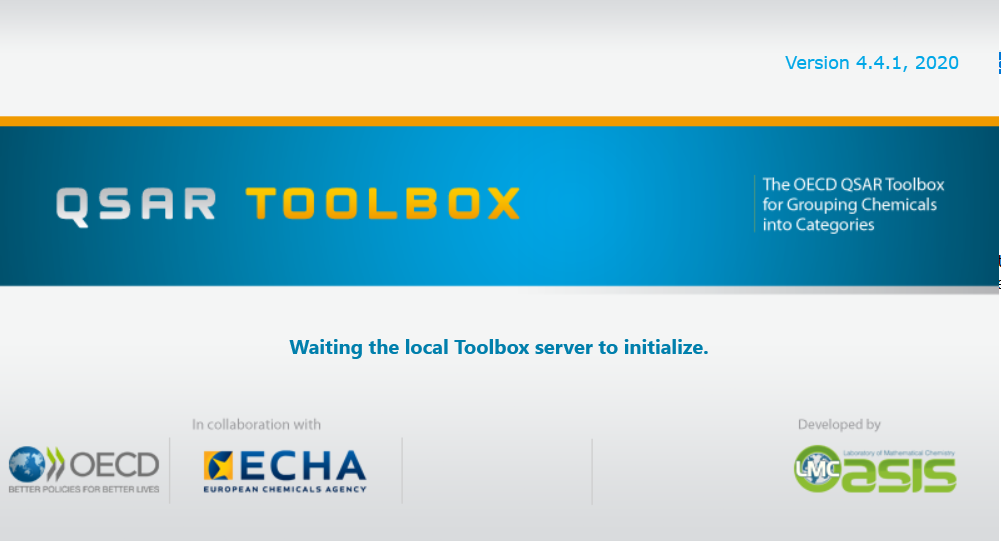
QSAR TOOLBOX
Software for grouping chemicals into categories and filling gaps in (eco)toxicity data needed for assessing the hazard of chemicals.
QSAR Toolbox is freeware developed with the scientific and financial assistance of OECD and the European Union. The software tool facilitates the application of the category approach for identifying and filling fate and (eco)toxicity data gaps for chemicals hazard assessment.
QSAR Toolbox facilitates chemicals hazard assessment by:
- Use of predefined categories, refinement of existing or development of new categories.
- Identification of analogue chemicals (or category) based on user selected interaction mechanisms or molecular features. The later can be oriented to identify analogues of a studied chemical or to categorize chemicals according to their chemical, environmental or health properties.
- Categorization of chemicals accounting for their metabolism: rate of disappearance, formation of stable metabolites, formation of high reactive intermediates, deactivation pathways, etc.
- Extracting of all available experimental or pre-calculated data from local and remote (web) based databases accompanied with information about their reliability: experimental error, analytical or computational method used, replicates, etc.
- Filling gaps of missing information within the category by read across, trend analysis and (Q)SAR models. (Q)SAR's predictions are accompanied with information concerning their mechanistic background, training chemicals, statistics, applicability domain and validity.
New features of QSAR Toolbox 4.5:
-
The latest QSAR Toolbox 4.5 includes the following updates:
- Workflow editor allows automated and standardised workflows for predicting or grouping of chemicals to be developed by the users
- IUCLID Plug in allows users to enter target chemical by IUCLID ID, use composition search in IUCLID databases, and import from IUCLID
- Pilot version of web client available as part of the standard installation provides basic features from the Simplified UI along with a dedicated module for searching in imported IUCLID databases
- Automated Workflow for Skin sensitization for Defined approaches (DASSAW) was updated based on the protocol of the DASS guideline ( OECD Guideline No. 497).
Download a more detailed list.
QSAR TOOLBOX
Important functionalities

Click the QSAR Toolbox workflow items below to learn more
